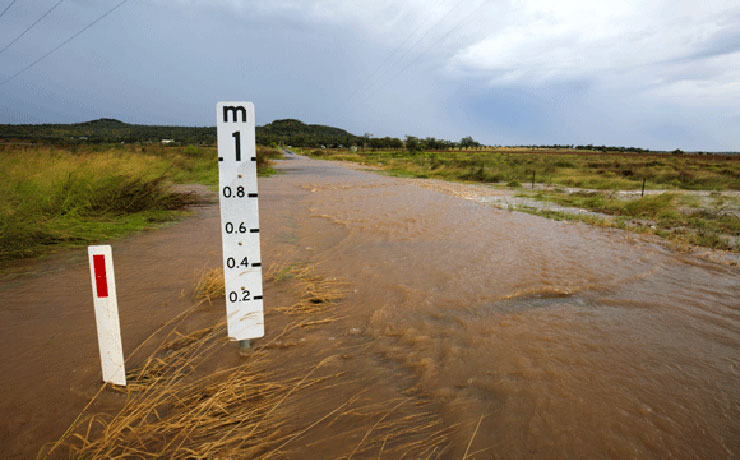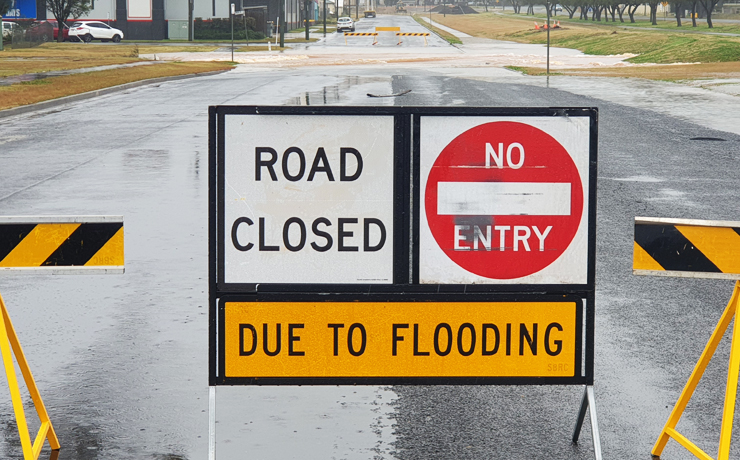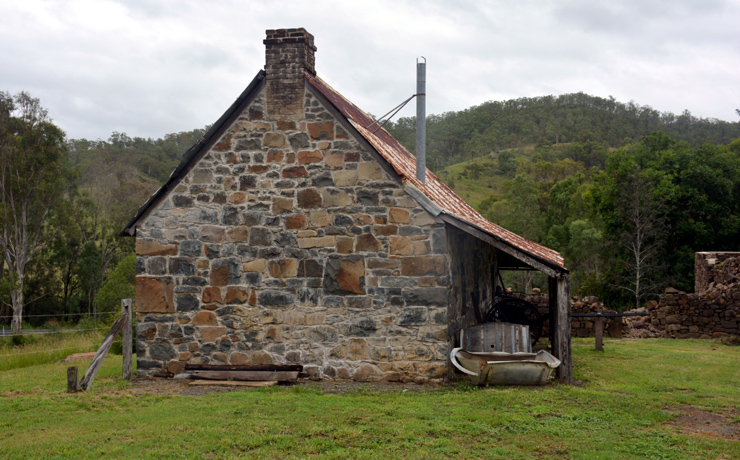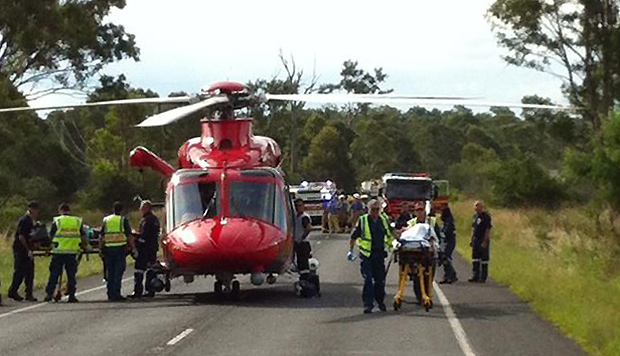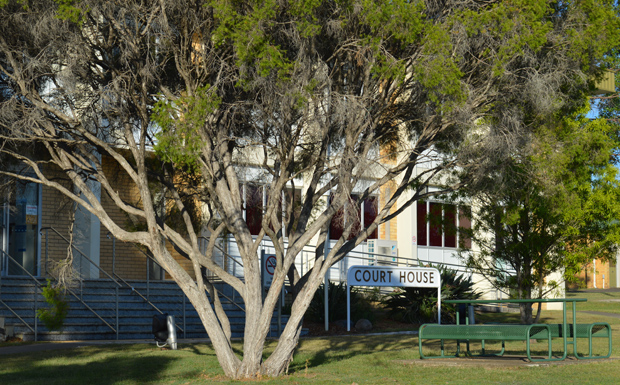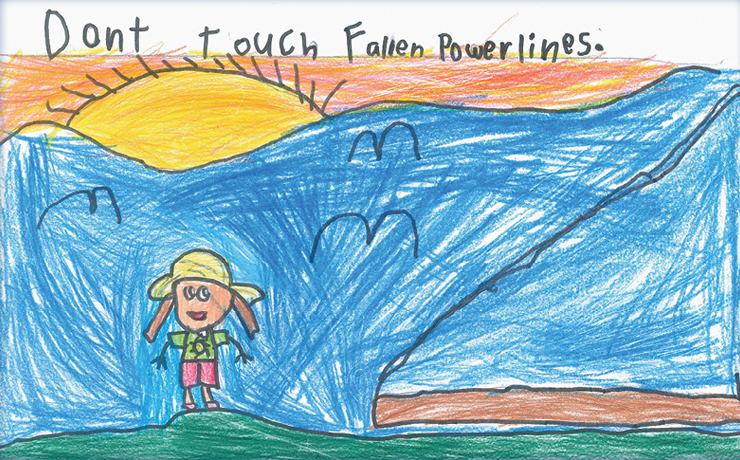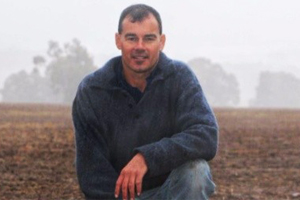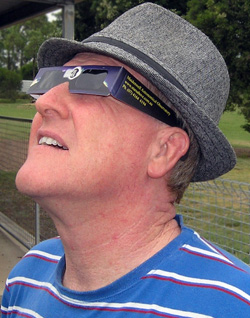
by Jim Barclay
Maidenwell Astronomical Observatory
When you see the morning skies darken on November 14, don’t panic – it’s only the Sun being eclipsed by the Moon.
While it won’t stop the chooks from laying or the cows from milking, the skies will however, darken like twilight as the New Moon slips in between us and the Sun.
So what will we see on that morning?
Cairns to Port Douglas will get full totality but South Burnett residents will get about 80 per cent of the eclipse.
During totality an eerie calm falls across the landscape as the skies darken and a most spectacular sight of all is seen.
The stars come out and the hot gas that surrounds the Sun, called the corona, is seen streaming out around a black disc which, of course, is the Moon covering the disc of the Sun.
To get the best view, have a clear view to the east with little or no trees or buildings blocking your view.
The Sun will be only a full hand span above the horizon when the eclipse is at its maximum at 6.55am.
Sunrise is at 4:49am.
Never ever, look directly at the Sun without eye protection.
This is what South Burnett residents should see of the eclipse at 6:55am:
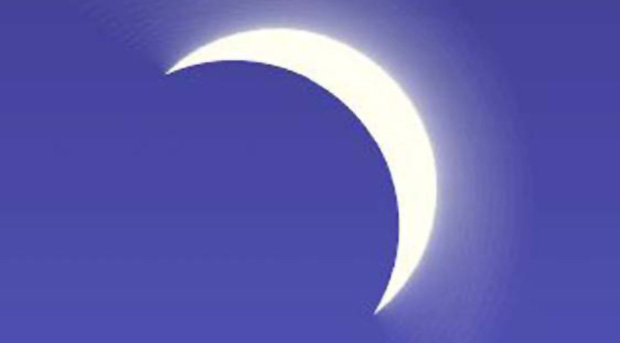
The best way to see an event like this, is to pop on a pair of solar eclipse glasses, which can be purchased from the Internet.
The use of welding filters and sunglasses is not advisable.
You can get a PDF which explains how to make a pinhole camera and other ways to view the eclipse safely by clicking here.
 |
The next solar eclipse for South Burnett residents is an Annular Solar Eclipse on May 10 next year.
Beginning at 7:40am, the New Moon will move in front of the Sun and form a “ring of light” very much like a thin washer surrounding a dark disc which is of course, the Moon.
Central Australian residents will see it in its proper form; South Burnett viewers will see a partial eclipse very much like the one next week.












